How do you measure success? Is it my salary, fame, education? How can you judge the success of others? By the car they drive, the school they went to, the clothes they wear? How about the food you eat?
Here is my try attempt to devise a scale for success in life based on food:
Ramen
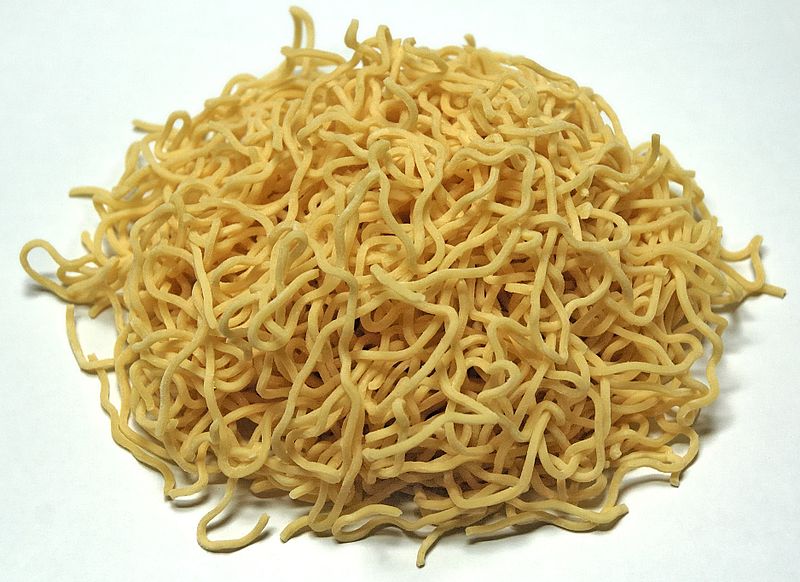 These salty noodles are the ultimate in bargain food. If you have a $20 bill, you can buy it by the crate. But that’s not the point; the point is that if you don’t have a $20 bill, you can still buy it … lots of it.
These salty noodles are the ultimate in bargain food. If you have a $20 bill, you can buy it by the crate. But that’s not the point; the point is that if you don’t have a $20 bill, you can still buy it … lots of it.
Ramen is a stereotypical favorite of broke college students for good reason.
(I hear it even comes in flavors, now)
Leftovers
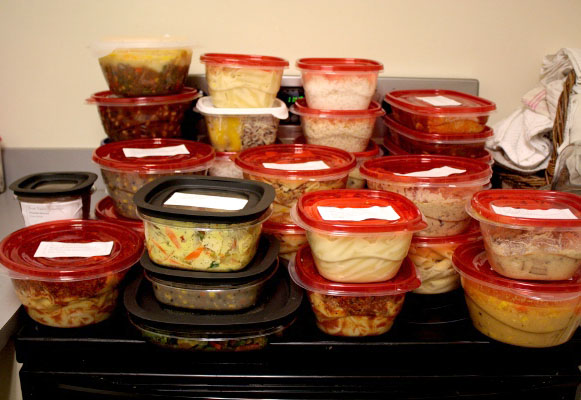
Flickr/Rubbermaid Products
It was a meal once; it will be a meal again. You are adept at estimating how much food to leave on your plate so that it makes another meal. The first version might not have been free, but it was two for the price of one. Bonus points if you snag the leftovers from a barbecue, birthday party, or (jackpot!) Thanksgiving.
There’s nothing inherently wrong with leftovers, but the well-heeled tend not to traffic in second-hand food. This is a sign of frugality and practicality overcoming the desire to constantly have fresh, new food. Of course, certain delicacies transcend frugality (mmm, leftover turkey sandwiches!)
Value Menu
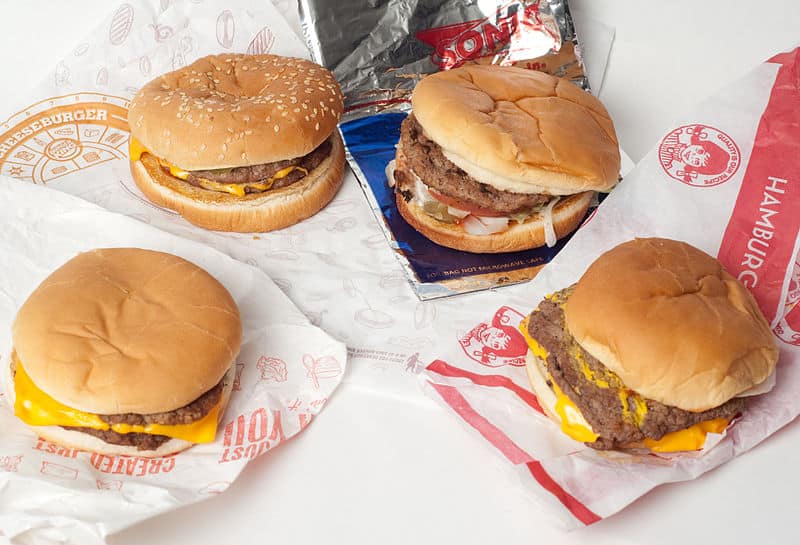 You may not be certain that it’s made of food, but it certainly looks like it, and it’s scientifically formulated to taste like it. It has been mass produced in another state, shipped frozen, and reconstituted locally for your dining pleasure.
You may not be certain that it’s made of food, but it certainly looks like it, and it’s scientifically formulated to taste like it. It has been mass produced in another state, shipped frozen, and reconstituted locally for your dining pleasure.
Mitigating circumstance: Billions of dollars in marketing have gone into making you want it. It’s really not your fault.
Take-Out
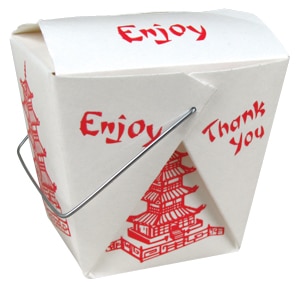 This is a step up from the Value Menu in both quality and convenience. A high-school or college kid probably made your food, but it was made in the restaurant. If you try a bunch of places, you’re liable to find one that’s pretty good for each of the major categories of take-out (pizza, chinese, etc.). You can often call ahead to pick up on your way home from work, or if you’re willing to shell out for a tip, have it hand carried to your door.
This is a step up from the Value Menu in both quality and convenience. A high-school or college kid probably made your food, but it was made in the restaurant. If you try a bunch of places, you’re liable to find one that’s pretty good for each of the major categories of take-out (pizza, chinese, etc.). You can often call ahead to pick up on your way home from work, or if you’re willing to shell out for a tip, have it hand carried to your door.
This is one of the best examples of getting the service you pay for. Waiters and waitresses come and go, but delivery drivers will learn whether your address is one to fight over or get conveniently “forgotten.”
Hole-in-the-Wall Restaurant
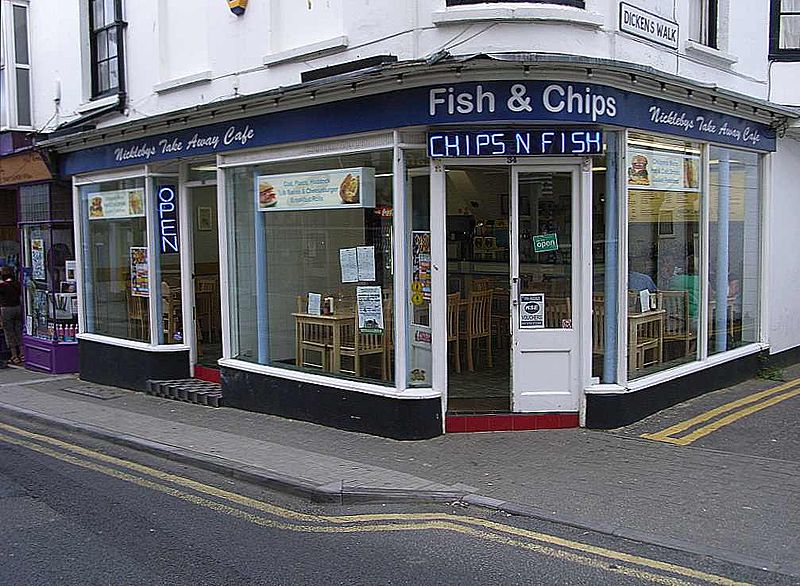 These are like easter eggs hidden in your town/city. Knowledge of them is passed from friend to friend, father to son. Almost exclusively family run, these little restaurants most likely reflect authentic cuisine from the owner’s native country (even if that’s the one you’re living in). It won’t be pre-packaged, from a can, or frozen-and-thawed. It might not even be “right,” but damn is good! You’ll wonder how they can give you twice the portion at half the price, and still have the food come out tastier than the big-name places. Are they paying the kitchen staff? Do they not know they can charge double and no one would bat an eye? Is this a front for some drug smuggling operation?
These are like easter eggs hidden in your town/city. Knowledge of them is passed from friend to friend, father to son. Almost exclusively family run, these little restaurants most likely reflect authentic cuisine from the owner’s native country (even if that’s the one you’re living in). It won’t be pre-packaged, from a can, or frozen-and-thawed. It might not even be “right,” but damn is good! You’ll wonder how they can give you twice the portion at half the price, and still have the food come out tastier than the big-name places. Are they paying the kitchen staff? Do they not know they can charge double and no one would bat an eye? Is this a front for some drug smuggling operation?
In the end, you won’t get your answer, but you will get your food.
Chain Restaurant
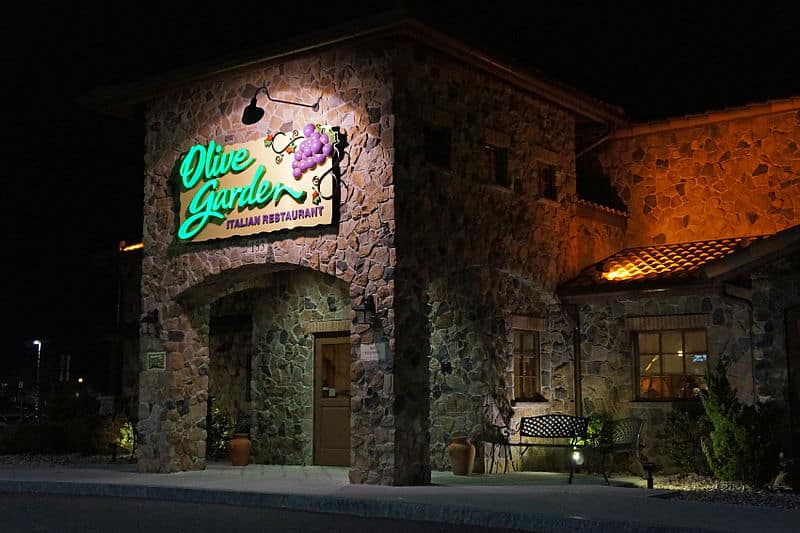
Safe, convenient, relatively affordable. You can feel confident bringing your family to a place that has 300 locations within 20 miles of you. After all, how bad can they be if they’re keeping so many restaurants open? You can travel state to state, and if you’re a regular, you’ll find comfort that all the things on the menu are the same. And those menus will be kept up to date with meals incorporating the latest trendy foods – they have marketing departments that keep track of that sort of thing.
They’ll have actual cooks, not just a kid who needed a job, or the owner’s nephew. That means the food will be pretty consistent. Much of it has probably been shipped in from a corporate distribution center, since that keeps ingredients consistent. A few of the nicer ones will source locally, but don’t expect it.
Haute Cuisine
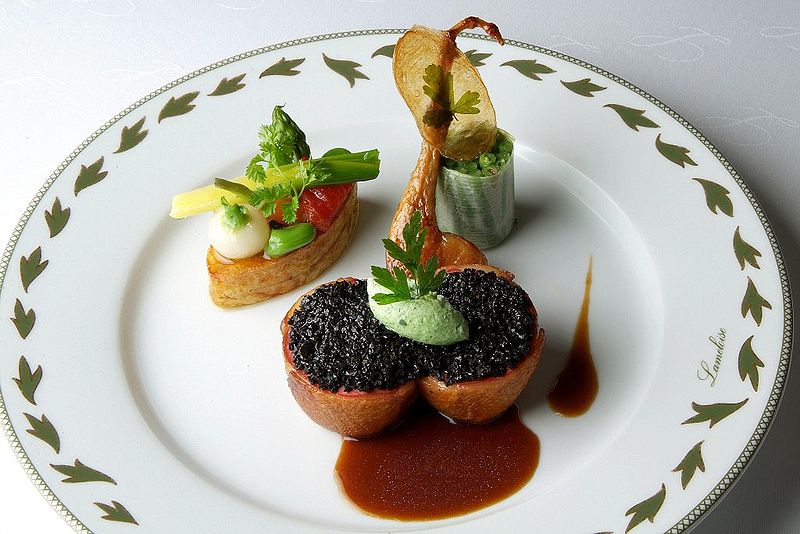 You will be able to tell these a few ways:
You will be able to tell these a few ways:
- Nowhere to park (valet only)
- A one-word name that doesn’t tell you anything about the food they serve, like “Unity” or “Zoppa”
- Whatever the name, they might incorporate an unnecessary symbol or accent, like umlauts or a bar over a letter (bonus points if it’s not a vowel)
Once inside, you’ll often have a small menu that require twin PhDs in geography and biology to decipher. They will serve you meals conceived by an artist, cooked by a charismatic madman, made from ingredients acquired via the black market. They may also have a theme that turns your “meal” into an “experience.” You might eat in the dark, in a converted bomb shelter, or be given barbecue tongs and a ladle instead of traditional utensils.
Being able to eat like this shows the world that you’ve moved beyond eating for mere sustenance.
Whatever the Hell You Feel Like
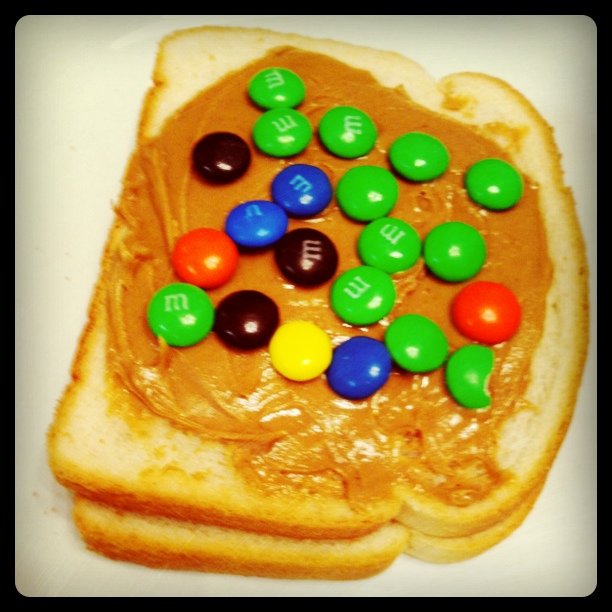
http://www.flickr.com/photos/gecampbell/
You have discovered that beer and soda are both acceptable substitutes for milk in cereal. You had a hamburger with 8 slices of bacon on it for breakfast (on the grounds that bacon can make anything count as breakfast), apple pie for lunch, and for dinner you’re planning on Kraft macaroni & cheese, because you used to love it growing up and want to see if you still do. You view pizza as an edible plate that you can stack other meals on top of. You will occasionally indulge in a peanut-butter and m&m sandwich, because your five-year-old made you one once, and it was tastier than it had any right to be.
In short, you have discovered that happiness is the true measure of success. Who cares what you eat?
Images: wikimedia commons unless noted

0 Comments